Introduction to Sound and Hearing
What You’ll Learn
- Basics of sound: amplitude, frequency, phase, and harmonics
- How the ear processes sound
- Introduction to psychoacoustics: How we perceive sound
- Practical implications for audio production
Sound areas
- The basics of sound
- The characteristics of the ear
- How a sound stimulates the ear
- The psychoacoustics of hearing
The Transducer
device -> energy conversion -> resulting energy


The basics of sound

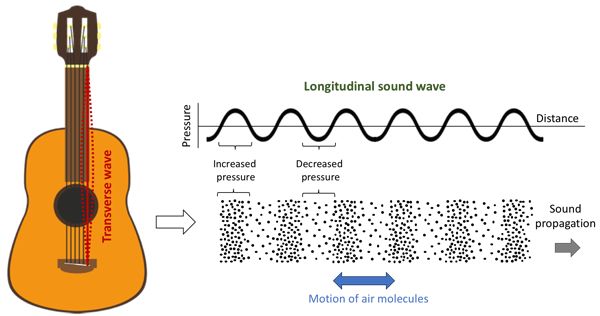
Understanding Amplitude
Key Concepts
- Amplitude measures the strength or intensity of a sound wave.
- It directly relates to perceived loudness.
Amplitude
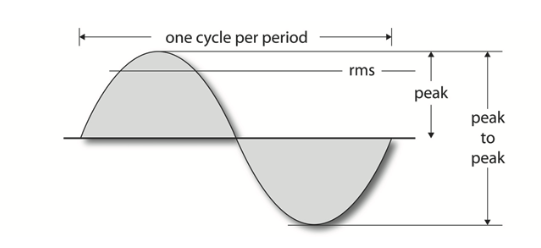
Amplitude in the Real World
- Example: Think about the difference in loudness between a whisper and a shout.
- Interactive Example amplitude
- Tip: When recording, always monitor amplitude levels to avoid distortion.
Understanding Frequency
Key Concepts
- Frequency refers to the number of cycles per second in a sound wave.
- It determines the pitch of the sound.
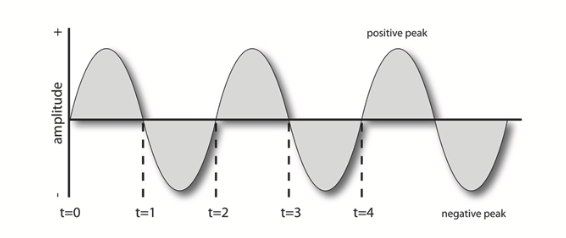
Frequency in Action
- Example: A bass note versus a high-pitched whistle.
- Interactive Example frequency
- Tip: Different frequencies interact in complex ways in a mix.
Phase Relationships
- Key Concept: Phase refers to the timing relationship between two sound waves.
- Impact: Out-of-phase waves can cancel each other out, leading to a reduction in sound.
- Sound Demo: Phase
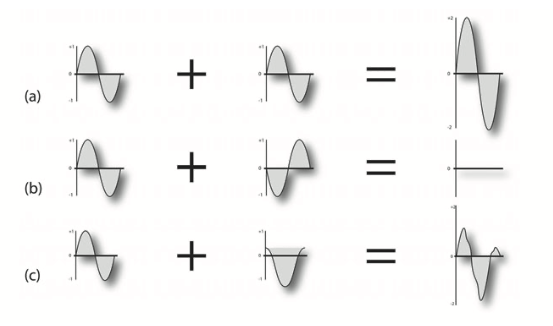
Harmonic Content
- Key Concept: Harmonics are additional frequencies in a sound that define its timbre.
- Real-World Example: Why a guitar and piano sound different, even when playing the same note.
- Sound Clips: Fourier Series 3D interactive demonstration
The Decibel
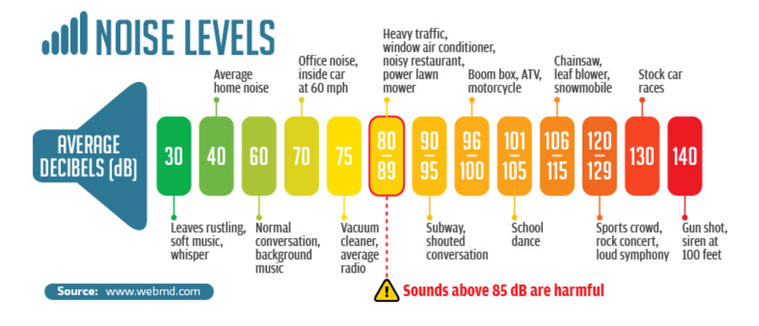
The Ear
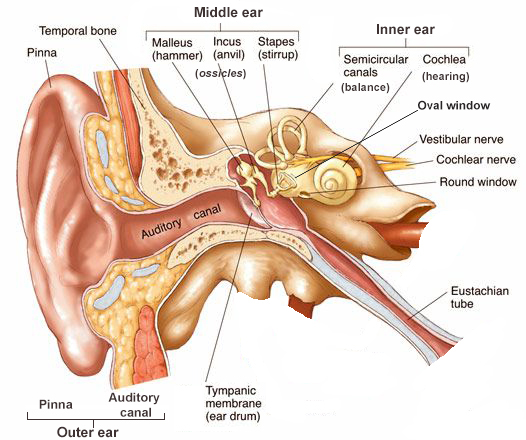
Introduction to Psychoacoustics
- What Is It? Psychoacoustics explores how our brain interprets sound.
- Key Concepts: Pitch perception, loudness perception, and spatial hearing.
Psychoacoustic Masking
- Key Concept: One sound can make another harder to hear, especially if they are close in frequency.
- Example: Kick drum and bass guitar often mask each other.
- Why It Matters: MP3 and AAC compression rely on masking to discard “inaudible” sounds.
Interactive Demo: Auditory Masking Experiment (Music Perception Lab)
Binaural Beats
- Key Concept: Two slightly different frequencies, one to each ear, produce a perceived “beat” at the difference frequency.
- Example: 440 Hz in the left ear and 446 Hz in the right ear produces a 6 Hz beat.
- Why It Matters: Shows how the brain constructs sound beyond the ear.
Interactive Demo: Binaural Beats Generator
Auditory Perception
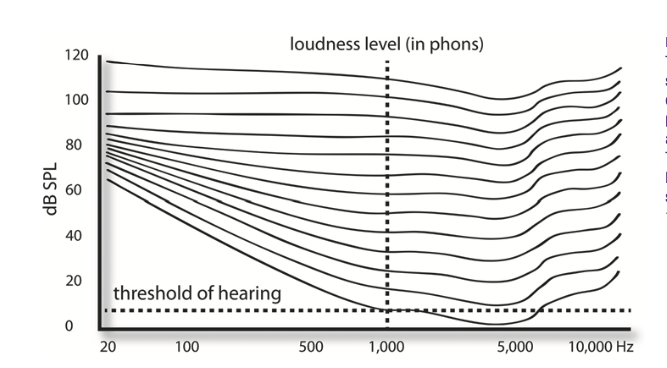
Equal-Loudness Contours in Action
- Key Concept: Our ears don’t hear all frequencies equally well.
- Example: Bass must be louder than midrange to be perceived equally loud.
- Why It Matters: Mixing at low volume often makes bass and treble feel weak.
Interactive Demo: Equal Loudness Experiment